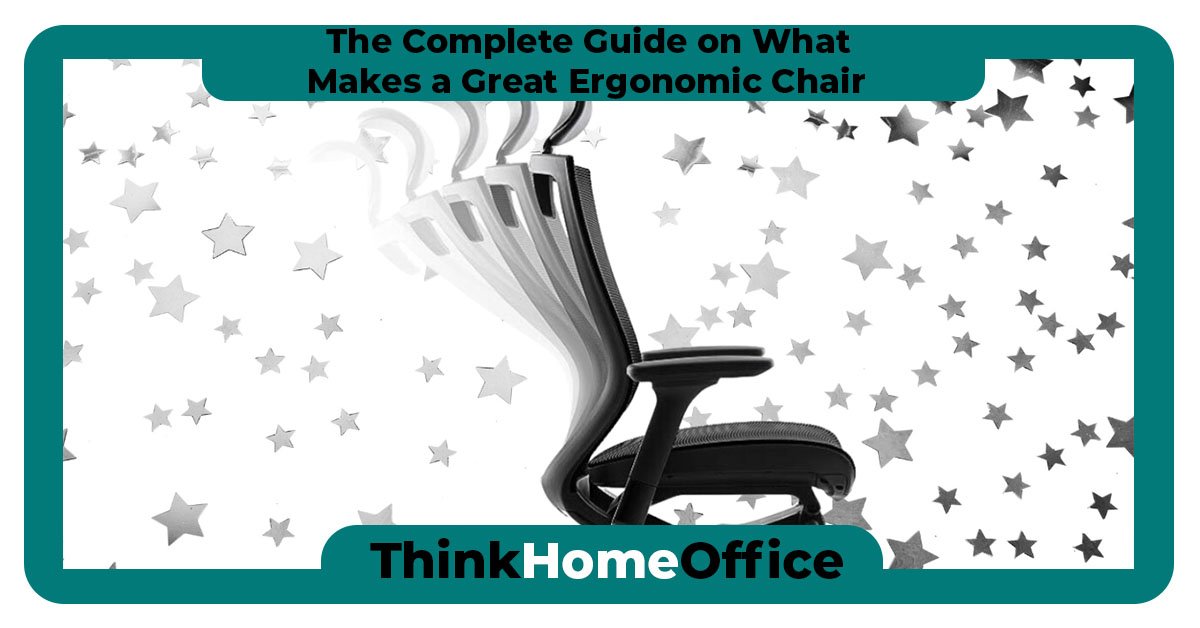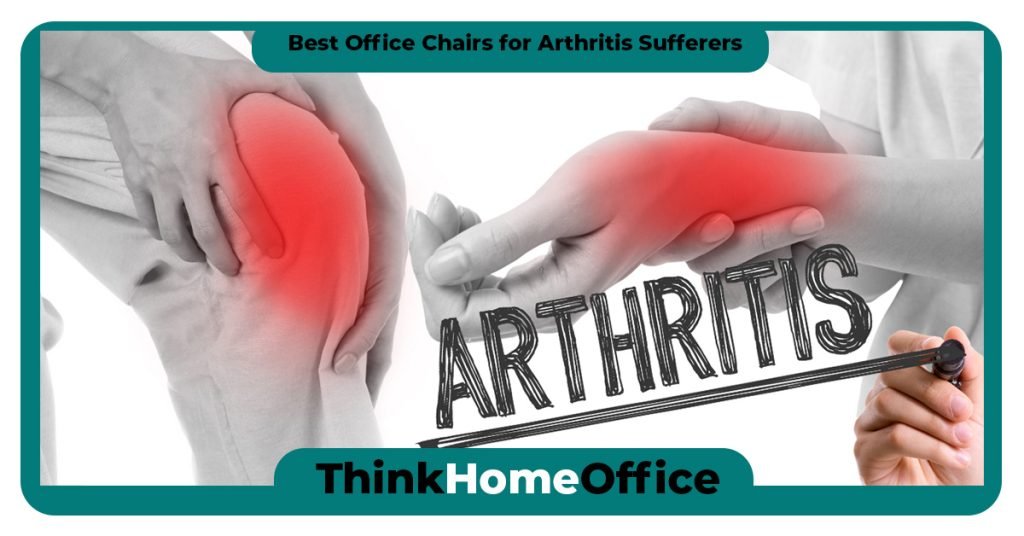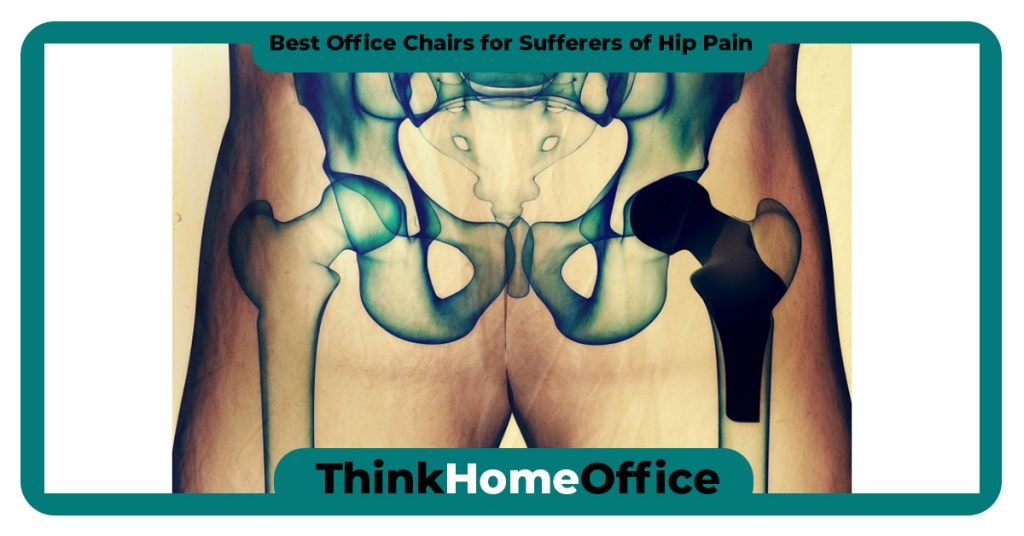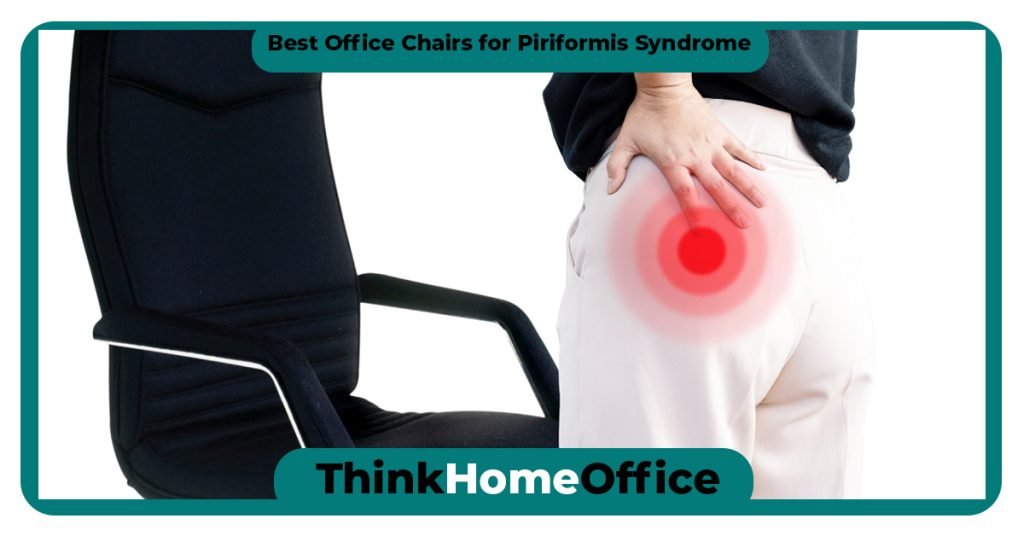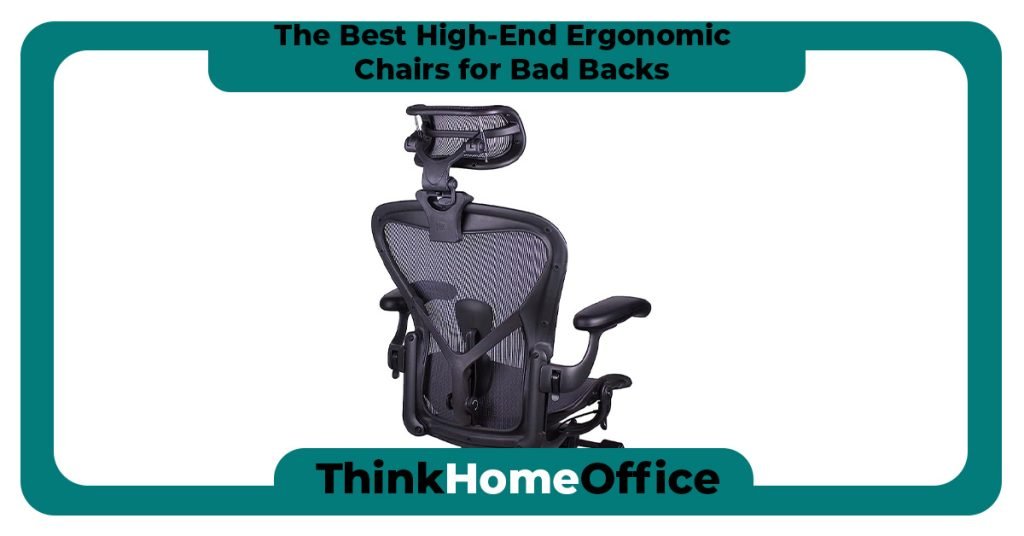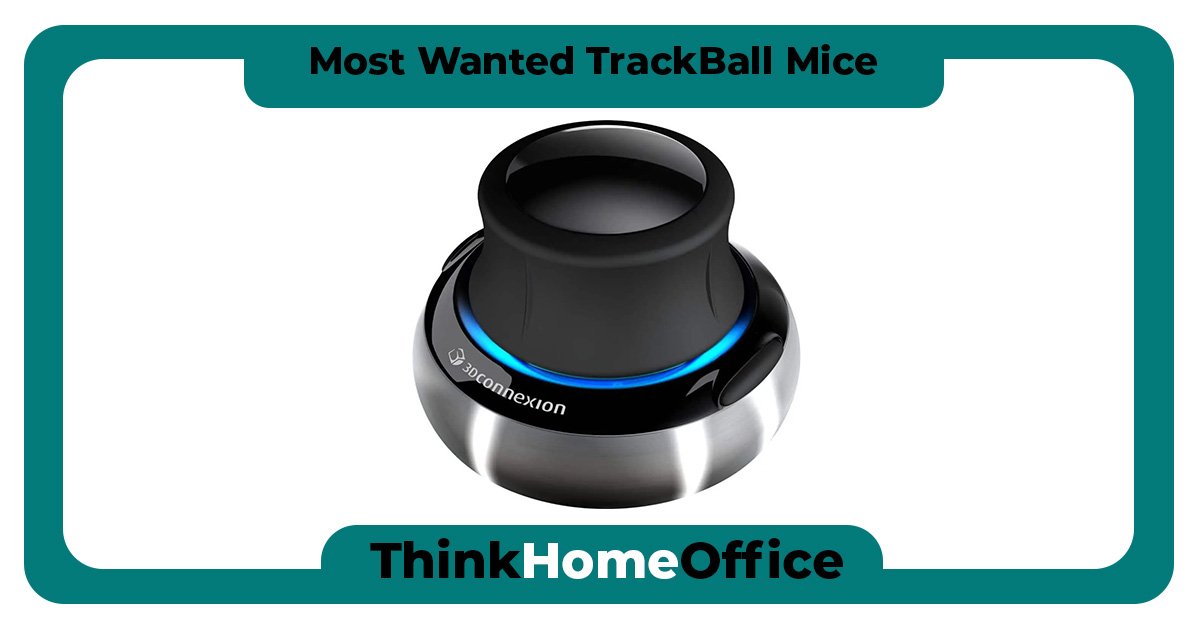In the world of office furniture, the term “ergonomic” gets thrown up quite a bit – but what exactly constitutes an ergonomic chair? What makes a ‘great one’ and why is it important? In this article we will discuss what in a chairs DNA makes it ‘ergonomic’. We’ll break down all the individual ergonomics of a chair that make up the whole, and provide you with information so you know what to features to look for, should you be in the market for a truly great ergonomic office chair.
We’ve included a checklist for you to print or download, to help you work out what ergonomic features your chair must have, and how to determine their importance. We’ve also included some graphics to illustrate the physical ergonomic features a good chair should possess.
Before we get into office chair ergonomics, lets first define or remind ourselves on what ergonomics is…
Understanding Chair Ergonomics
Ergonomics is the science of designing and arranging things people use so that they can interact with them efficiently and safely. The ergonomics of a chair are meticulously designed with the user’s comfort, health, and productivity in mind. That said, for those of us that are a little bit vain, we like to see to great aesthetic design.
What’s the definition of Ergonomics?
The dictionary reference states, “The study of people’s efficiency in their working environment”
So what are what are ergonomic chairs?
So therefore, using the definition above, a great ergonomic office chair must be designed and realised as a tool that aids efficiency in the users workplace – their Home Office.
So how exactly does it do that..?
Ergonomic Chair Anatomy – what makes a chair ergonomic?
There’s more to an ergonomic chair than just being “comfortable”, it has to capable of being adjusted to ensure it can support the user for extended periods of time. Most chairs are comfortable for 5 minutes, but what about after 30?
So what’s an ergonomic chair? An ergonomic chair must also be suited to a range of individuals – within its design specification. That is, to be able to work perfectly for people of different proportions within a designated height and weight.
To explain: Some of those individuals will have long Femur bones, but shorter Tibias & Fibulas, and have a height of 6′. Whereas other people may have shorter thigh bones, and longer lower leg bones, but also be 6′ tall.
A great ergonomic chair must be capable of being adjusted to suit both perfectly!
The same requirement applies to all the physical difference we share as individuals. Though when we state ‘design specification’ that defines what limitations the chair has been designed and tested to.
So, chair ‘Z’ has been designed to support a person up to a weight Limit of ‘X’ (lbs) in weight, and up to ‘Y’ (feet/ inches) in height.
Ergonomics of a Chair – What Features Should I look?
The following section covers the key elements that constitute an ergonomic chair, not all ergonomic chairs will have all of them. A great ergonomic chair will have all of these elements and each of them will be engineered to cater for all individual users within its supported specification.
Lets explore these elements individually, logically starting from the bottom up…
Seat Height Adjustment
This feature accommodates those with shorter or longer lower leg bones (Tibia & Fibula).
This is one of the cornerstones that every chair must have, to have any claim of even being a basic ergonomic chair. This is due to the fact that as individuals, we have differing lower leg lengths. Therefore the height of an ergonomic chair must be adjustable, allowing your feet to rest flat on the floor and your knees to bend at a 90 degree angle.

Height adjustment is normally changed by a user using a lever – highlighted above.
We have an existing article which goes into more detail about how to set your chair height correctly.
A Quality Base
This feature ensures the user is sat in comfort, a good base spreads the users weight evenly across the Buttocks and Thighs.
To prevent the chair from tipping and keep your feet grounded when adjusting your posture, an ergonomic chair must have a firm but comfortable base. Most modern ergonomic chairs will have a mesh base – to aid with air circulation to keep the user cool.
Other chairs will have more shaped and cushioned bases, that are designed to offer a softer seating experience. These may offer more ‘all-round’ buttock support, being more suitable for those that suffer with Hip problems or Piriformis Syndrome.
The end of the base, ideally should have a ‘Waterfall’ edge, to relieve pressure on the back of the thighs and knee joint, which may restrict blood circulation.
This is notable in the image below, where the front edge of the seats base droops downwards.
Seat Base Depth Adjustment
This feature accommodates those with longer thigh (Femur) bones.
An ergonomic chair should have an adjustable seat depth to accommodate different body types and seating preferences. The depth of your chair should be such that there is a gap of about three fingers width between the front edge of the base, and the back of your knees – again to avoid restricting blood flow to the lower legs.

An adjustable seat base slider can help achieve this easily – this is where the base can be slid forwards away from the chair back, to the desired distance.
Fully Adjustable Armrests
This feature allows users to support their arms and shoulders uniquely.
Armrests are crucial in preventing shoulder and arm strain. They should be adjustable in several axis:
Horizontally – Forwards and Back. Not featured on all chairs, but should be for those that have short arm rests. They should have the ability to be moved nearer the desk – adjusted to support the lower arms weight.
Laterally – Side to Side, so the lower arms can be angled to face the desk at a comfortable angle
Vertically – Up and Down, so your lower arms form a comfortable 90-degree angle with your shoulders relaxed.


Back Support
This feature allows users to adjust the seat to the contours of their back, offering maximum support.
The back support of an ergonomic chair is probably the most crucial element of its anatomy, barring any existing ailment, it is the spine which fatigues the most whilst being sat down for long periods of time.
It should be adjustable to follow the contours of the spine, providing maximum support to the upper back (Thoracic region) and lower back (Lumbar region). Lets deal with the lower back, moving onto the upper back.
Back Support – Lower Back/ Hip Angle
Most Chairs will have a ‘Tilting Mechanism’ giving them the ability to lean rearwards. This will allow you to maintain an approximate right-angle between the upper torso and thighs. Whilst other chairs may have a ‘Reclining Mechanism’ providing the ability to recline backwards. This is where the angle between the upper Torso and the Thighs can be opened up beyond a right angle.


Back Support – Lumbar (Lower Back) Support
Again, most ergonomic chairs will offer some degree of Lumbar support. This is where the chair has structure to its lower back which is either fixed, or can be adjusted to the users preference. It will spread the load imposed on the lumbar vertebrae by the upper body, maintaining the spines correct curvature.
The illustration below is based on a design where the Lumbar support is adjusted using a ‘Dial’ like device which, when rotated, increases or decreases the projection of the Lumbar support into the lower back.

Back Support – Thoracic (Upper Back) Support
Another feature which some ergonomic chairs may have is to have a height adjustable back rest. This is significant if the chair does not have a high enough dynamic back rest, and may give more adjustment flexibility.
Back Support Types
Dynamic Back Support
Some ergonomic chair manufacturers offer support mechanisms which are dynamic in nature. That is, they automatically flex to the users spine, continuing to offer support to the users spine as and when they move. This is normally a feature offered on more expensive ‘high-end’ ergonomic chairs.
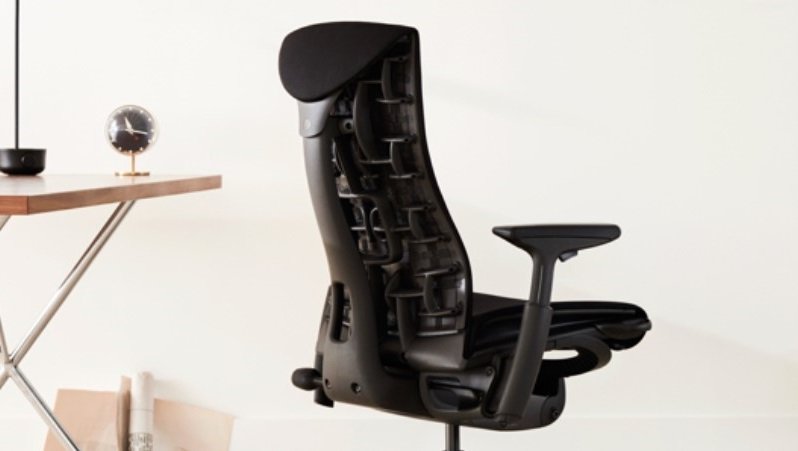
Adjustable Back Support
This is where an element of the chairs back support allows the user to modify the elements position. For example, in the case of a Lumbar support, the user can move the support in or out by rotating a dial or sliding an adjuster, thus increasing or reducing resistance.

Fixed Back Support

This type of back support allows for no modification, it is ‘fixed’. That is not to say its not ergonomic, as it may still provide ergonomic support, but not as good as other models. It could mean a specific chair is ergonomically sound for one person, but far from ergonomic for someone else.
This would need more scrutiny to ensure it is a good for fit for you, prior to purchasing it.
Head Rest / Neck support
This feature allows users to offer support to the neck by taking some of the load of the head.
A large amount of ergonomic office chairs do not come equipped with Headrests as standard, some are either optional extras, or reliant of third-party additions. That said, not everyone needs a head rest, but for those that do work in a chair for long hours, it will be invaluable.
A good Head Rest will allow you to periodically rest the weight of your head, taking the strain from your ‘C-Spine’ (neck).

Some might be fixed, but the better quality Head Rests will allow for height adjustment, to fit snugly to the Nape of the neck. They should also pivot, to allow it it to be angled to the users head forward/ head back preference.
Ergonomic Office Chair Adjustment Locking
Each of the elements we have have discussed should have the facility to be locked in place, so the adjustment that has been set by the user is maintained whilst under load – it won’t slip out of position. And, when the user returns to the chair, it is aligned to them without the need to re-adjust it every time.
Of course, it should always allow the user to reset an element and lock it again at their leisure.
Not a featured element, this is a function of each feature to ensure all the chairs adjustments are optimally retained for the user.
Ergonomic Office Chair Materials
The seat, armrests, and backrests should be well-padded and the fabric should be non-slip, easy to clean, and breathable. Chairs may commonly utilise the following materials:
Plastic Mesh – As mentioned, most modern ergonomic chairs utilise a plastic mesh material which offers dynamic support that molds to the form of their body. This mesh, being of an open woven structure, is akin to a strong lattice which allows air to circulate through it – keeping the user cool.
Notably, it is becoming more common for manufacturers to use recycled plastics.
Leather – The classic material used in office chairs, leather is robust, hard-wearing, and is available in a variety of forms and colors. It is available in a man-made (Faux Leather) as well as the genuine thing. A leather option is more likely to fit into a classic, or older styled home office.
Fabric – Polyesters, Cotton or Nylon fabrics may also be used in the seats Base and Backrest.
Hybrid – Some manufacturers will use a combination of the above, either for wear resistance, for aesthetic value, cost, or a combination of the three.
Ergonomic Office Chair Aesthetics
Ensuring it ‘looks good’ is not really number one on the chair ergonomics list! It has no bearing on what is the best chair for sitting long hours, but is something that all of will consider. Not all ergonomic chairs will fit in with someone who works in a classically styled office, as they are mostly of a contemporary ‘mesh and metal’ appearance.
There are some chairs which do look like the classic office chair, and with color choices to fit in most home offices – mostly those that are finished with fabric or leather.
Ergonomic Chair Selection Checklist
The chart below is an example checklist to assist you with selecting an ergonomic chair. Use it against your top 3 choices if you are undecided. It is available for you to Print or Download.
If a chair is\ is not equipped with an element, simply apply a ‘Tick, a Yes, a Cross or a No’ as you see fit.
For the elements that are within the chairs specification, apply a weighting – a value you feel is appropriate to each element.
For example:
For the ‘Back Support – Lumbar’ element, give it 3 stars if it has the element type that you need, or wish to have. If it features a lesser element type, give it less stars.
Weighting can be completely arbitrary – to suit how you value each of the chairs ergonomic features!
Do this for each chair you are thinking of buying to help you decide – the more stars a chair has, the more it has fulfilled your requirements. It might just help you to decide between two chairs you really like.
What are Some Benefits of an Ergonomic Chair?
Ergonomic chairs offer several benefits that contribute to a healthier and more productive work environment. The most notable benefits include:
Comfort
If you work long hours in an office you may suffer from fatigue and would like to know what is the best chair for sitting all day – as office based workers are far sedentary than most other occupations. Fatigue, discomfort and loss of concentration quickly set in, an ergonomic chair will keep you more comfortable for longer.
Boosted Productivity
Comfort is directly proportional to productivity. The more comfortable you are at work, the more likely you are to concentrate and produce better quality work. And, as stated above, if you take regular breaks, you’ll be more able to endure a longer working day.
Less Likely to Develop Physiological Issues
Over time you can develop neck, back, elbow, wrist, muscular complaints and other joint problems through being sat incorrectly.
An ergonomic office chair is the best type of chair to maintain good posture when seated, having your torso and limbs adequately supported and aligned.
They align the shoulders, spine, and hips, provide spine support and maintain the natural position of your joints, thus preventing issues arising through having bad posture when you are sat working.
How to Quickly Set Up an Ergonomic Chair
Even the best ergonomic chair won’t be of much use if you’re not sitting correctly. Lets assume you have one, or are about to get one. The table below gives you the basics in how to quickly get sat in it correctly.
Here are some quick tips to get the most out of your new ergonomic chair:
Sit back in your chair
- Ensure your backside is as far back on the chair as possible.
Sit at the right height
- Your forearms should be in-line with the desk with your shoulders relaxed.
- Your eyebrows should be in line with the top of your screen.
Check the depth of the seat
- There should be a 2-3 finger gap between the back of the knee and the seat of the chair.
Check whether you need a footrest
- Your feet should be solidly flat on the floor when sitting at the right height.
Check the distance of the monitor
- You should be able to touch your screen with your arms out in front of you.
- Ensure your headrest is set correctly so you naturally look at your screen without needing to adjust your position excessively.
Keep your keyboard & mouse close
- Don’t stretch for your keyboard or mouse. Elbows should utilise the armrests to stay in-line with your sides.
A more in depth guide to ensure you are correctly using an ergonomic chair correctly is available here.
What if You Suffer from an Existing Condition?
Sometimes the best ergonomic chair for one person may not be the best option for another, specifically if you are unfortunate enough to suffer from an existing condition that makes being seated more difficult.
The following articles provide ergonomic chair options for differing conditions, these may positively affect a persons ability to sit comfortably for long periods whilst working from their Home Office.
To Wrap Up…
Ergonomic chairs are a crucial investment for anyone who spends a significant amount of time at a desk. They not only increase comfort but also boost productivity and promote better health, though what makes a chair ergonomic is for it to have all the features we have presented. For it to be truly great is that those features provide you with all the adjustment you need. And that’s the point of it – it must be a good fit for you, the individual!
By understanding office chair ergonomics, its key features and how to use one properly, you can make an informed decision and choose a chair that best fits your needs.

